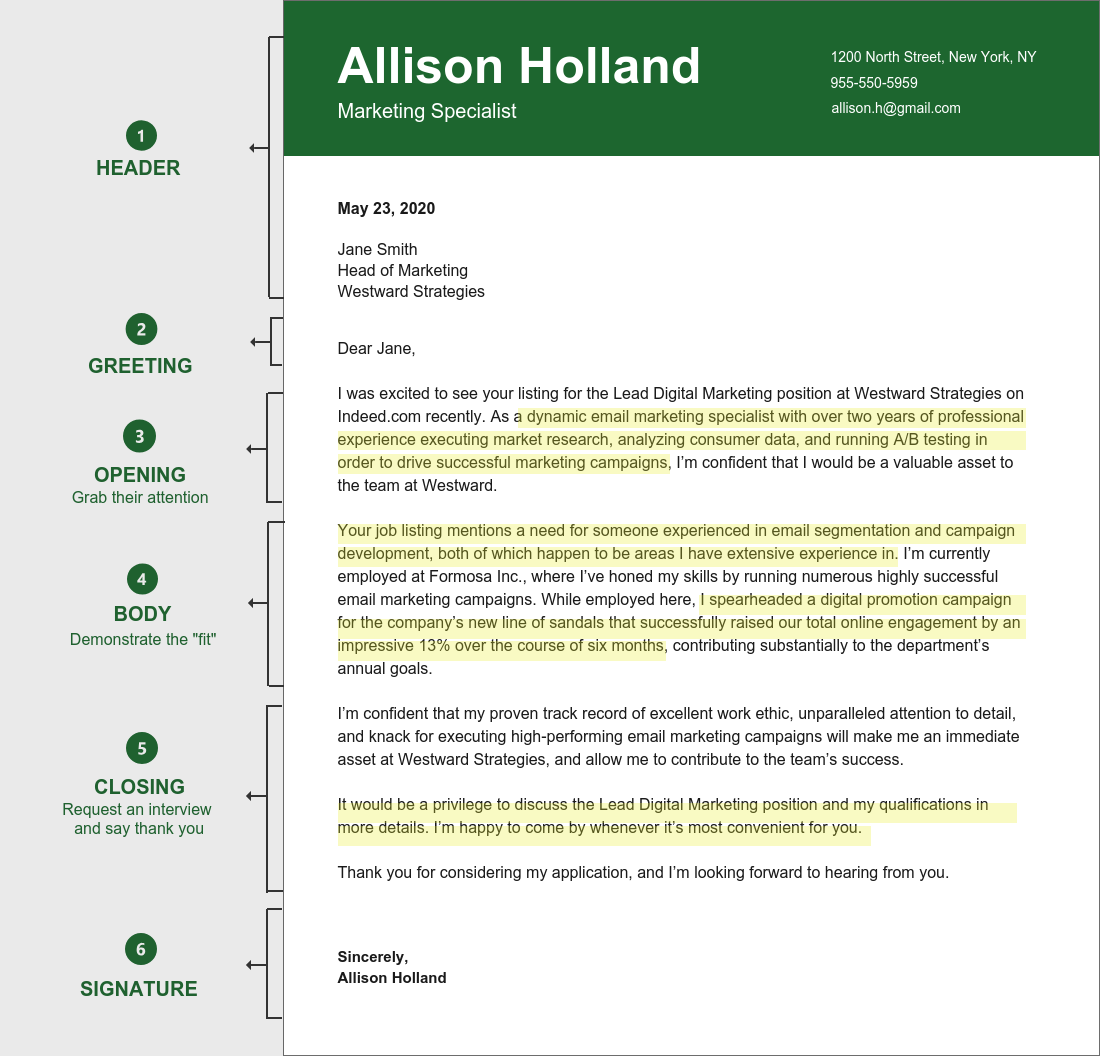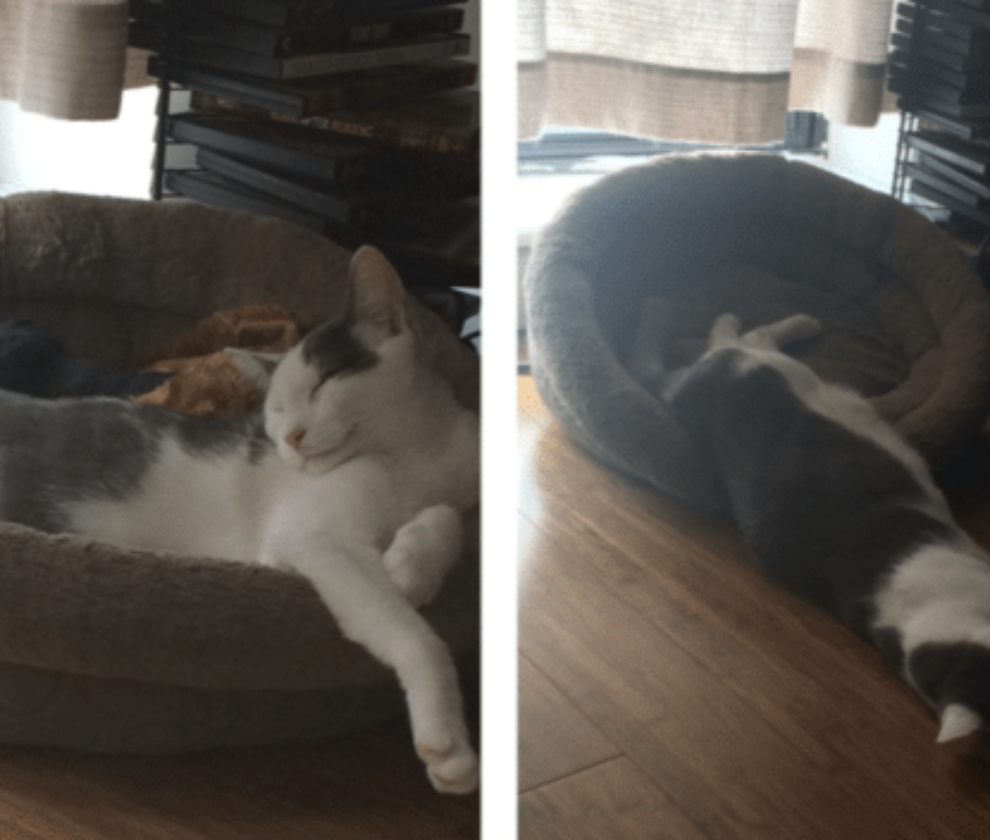
How to Write a Cover Letter
Writing a cover letter is the most painful part of the job-hunting process. There are so many tips and recommendations out there that you easily get lost and overwhelmed. At some point, you start questioning yourself: do I really need this letter? My resume is perfect and can speak for itself, so why should I bother?
Well, you actually should… If you want to boost your chances of landing a job.
When crafted properly, a cover letter can become a powerful companion to your resume and add more job interviews to your calendar.
Below we teach you how to make the best cover letter ever. Once you finish this article you should take this free course and learn how to start a business.
Learning how to write a cover letter will help you get the job. Learning how to start a business will help you keep that job and make you priceless to the company that is lucky enough to hire you.
What Is a Cover Letter and Why Is It Important?
Cover letter is a one-page document sent together with your resume to potential employers. It introduces you and provides detailed information on why you might be a good fit for the position you’re applying for. This letter is usually the first thing a recruiter will have a look at.
The purpose of a cover letter is to set you apart from other job applicants and persuade a hiring manager that your resume is worth reading. Think about this letter as an eye-catching package that makes a product stand out on the shelf and prompts customers to reach out and see what’s inside.
If you don’t want your resume to be ignored, it makes good sense to devote some time and effort to writing effective cover letters.
How to Craft a Cover Letter That Grabs Attention
We put together some top recommendations on crafting a perfect cover letter – the kind of letter that will help you stand out among competition and make a hiring manger call you up immediately.
DO:
- Keep it short. Limit your cover letter to one page – a hiring manager should be able to read it at a glance;
- Keep it simple. Avoid long sentences and paragraphs. Use action verbs and the active voice;
- Keep it fresh. Customize your cover letter for each job opening you’re applying for;
- Keep it relevant. Scrutinize the job description and evaluate the skills required. Share an accomplishment that matches the employer’s needs most of all;
- Keep it personalized. Find out the hiring manager you’re about to contact and address this person by his/her name.
- Keep it in PDF format. In this way the document retains the proper formatting when it is opened and reviewed by a recruiter.When saving your cover letter as a PDF, make sure to use an appropriate name: Your-Name-Cover-Letter.pdf.
DON’T:
- Allow typos or mistakes. Always double-check everything in your cover letter. Still not sure? Ask your friend to check it again;
- Duplicate your resume. Instead, elaborate on those bullet points to demonstrate a fuller picture of your skills and prove that you’d be a perfect fit for the job.
- Point out gaps in your experience. If you are lacking a required skill or experience, don’t mention it. Instead, focus on highlighting the skills you do have, and explain how they make you a great fit for the job.
- Use “I” too often. Avoid overusing the word ‘I’, especially at the beginning of paragraphs.
The structure of a cover letter should include the following components:
1. Header – give your contact details.
A cover letter should start with your contact information – name, address, phone number, email followed by the date. If you have the employer’s contact details, add them as well
2. Greeting – address the hiring manager by name.
Forget cliché “To Whom It May Concern”. If you couldn’t find the contact person name, simply write “Dear Hiring Manager”.
3. Opening paragraph – grab their attention.
Explain who you are and your reason for writing. Briefly mention how your experience matches the position – this will give the hiring manager a preview of the rest of your letter.
4. Body paragraph – demonstrate the “fit”.
Briefly summarize specific qualifications listed in the job posting and explain how you meet those qualifications.
5. Closing paragraph – request an interview and say thank you.
Reaffirm your interest and how your experience make you a strong fit for the position. Politely ask for an interview or further discussion of employment opportunities. Thank the person for his/her consideration.
6. Signature.
Use an appropriate closing option, such as “Sincerely” or “Respectfully” followed by your name.

Cover letter source: https://resumegenius.com/cover-letter-examples
Congratulations! Now you can start crafting a perfect cover letter on your own. Remember – a well-written cover letter will help get your application noticed and help you secure an interview.
As soon as you have an interview on your schedule, make sure you check our posts on How to Pass an Interview and Get Hired, as well as How to Answer Five Toughest Job Interview Questions.
Good luck!



